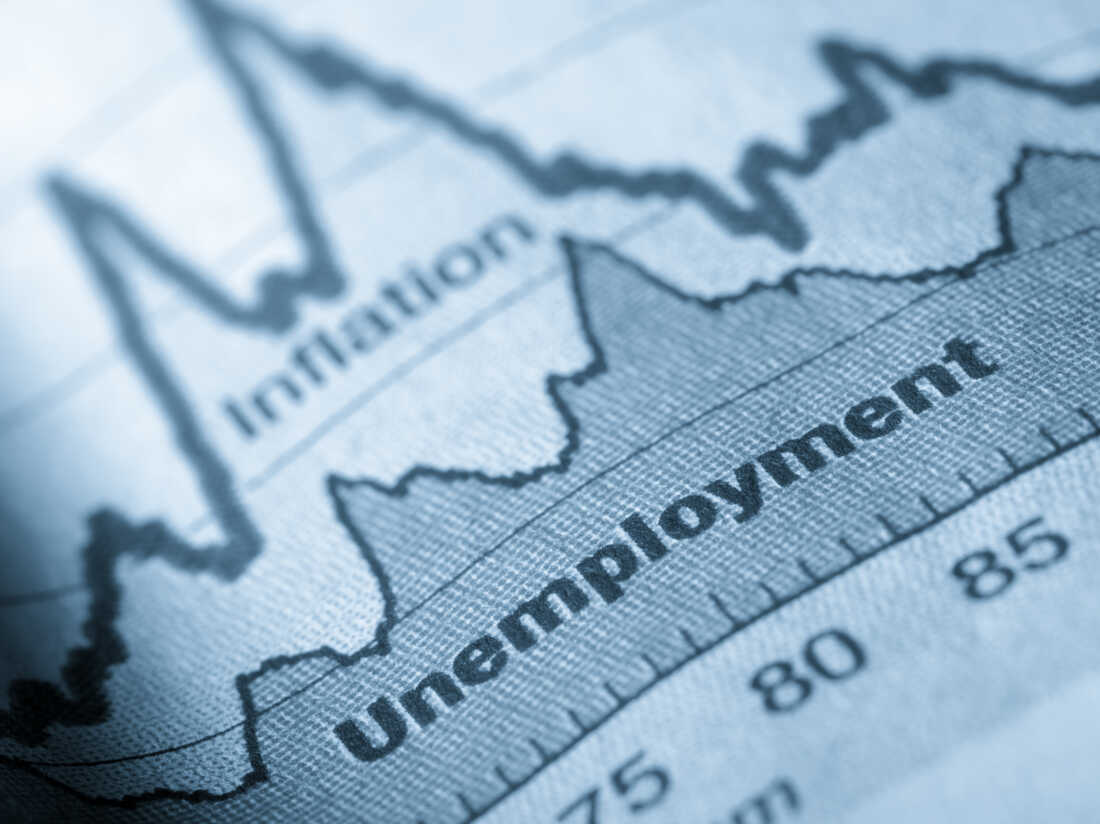As you know and have often heard, inflation is basically a price increase. We say there is inflation if current prices are higher than those of the previous year. In other words, inflation is the difference between two price levels. Policymakers often say that they want to reduce inflation. They also say that unemployment, another problem, will disappear. Unfortunately, past data reminds us that only one of these is possible. The relationship between unemployment and inflation is explained using the Phillips Curve.
What is the Phillips Curve?
Alban William Housego was a New Zealand economist who spent most of his academic career as a professor of economics at the London School of Economics. His best-known contribution to economics is the Phillips curve, which he first defined in 1958. He first mentioned this curve in his paper “The Relationship between Unemployment and the Rate of Change of Money Wages in the United Kingdom, 1861-1957”, which started the debate on the subject.

The Phillips curve was readily accepted by economists in the 1960s. It was considered to represent a valid and stable relationship between different levels of unemployment and inflation rates in both the short and long run. Consequently, this curve was used until the late 1960s to predict the inflation rate arising from different levels of unemployment.
- This Common Childhood Illness May Actually Be Behind the “Tomato Flu” Outbreak in India
- French energy group: Total sells stake in Russian gas field
However, as both inflation and unemployment began to increase in the early 1970s, confidence in the Phillips curve gradually declined and the need to find new economic solutions to the problem, both theoretical and practical, emerged.
As a result, Milton Friedman and Edmund Phelps, independently of each other, made additions to the original Phillips curve and the distinction between the short and long run was made. The Philips curve was not accepted in the long run as it clearly contradicted the positive correlation shown by the data in the 1970s.
How Does the Original Philips Curve Work?
Suppose you live in a country with high inflation. Since the prices of all products are high, firms will try to produce more. As a result, they will be able to sell the products they produce at higher prices and, of course, make more profit as a result.
Meanwhile, as they increase production, they will start to employ more people. When many firms do this at the same time, the unemployment rate will fall. In other words, the price increase will lead to more people having jobs. So in the short run, as the Phillips Curve predicts, higher inflation means lower unemployment.
In the Long Run, the Phillips Curve Varies
In the long run, things play out differently from the above. Over time, people will realize that while the price of everything they can buy has gone up, their salaries have not. This, of course, will lead to expectations of a raise from employers. This is where the tables are turned.

When companies pay higher wages, production costs rise. Since this is an undesirable situation, employers start to lay off some employees. As a result, unemployment returns to its previous level. Therefore, in the long run, price increases cannot increase employment. Therefore, inflation can only reduce unemployment in the short run.
Conclusion
The inverse correlation between inflation and unemployment depicted in the Phillips Curve works well in the short run, especially when inflation is fairly constant, as it was in the 1960s. For example, in the US in the 1960s, policymakers were able to increase employment by increasing the money supply and inflation. Since the money supply increased, i.e. people had more money in their hands, the demand for goods and services also increased. A higher aggregate demand led to an increase in output and then an increase in employment.
In the 80s, the US government tried to rein in inflation by tightening the money supply. As the Phillips curve predicts, this low inflation and lower aggregate demand caused many people to lose their jobs. But because of rising unemployment, the inflation rate later fell to 3%.
In both cases, inflation reduced unemployment. In the first case, inflation caused unemployment to fall, while in the second case unemployment pushed inflation down. The modern version of the Phillips Curve is still used today by economists all over the world.





